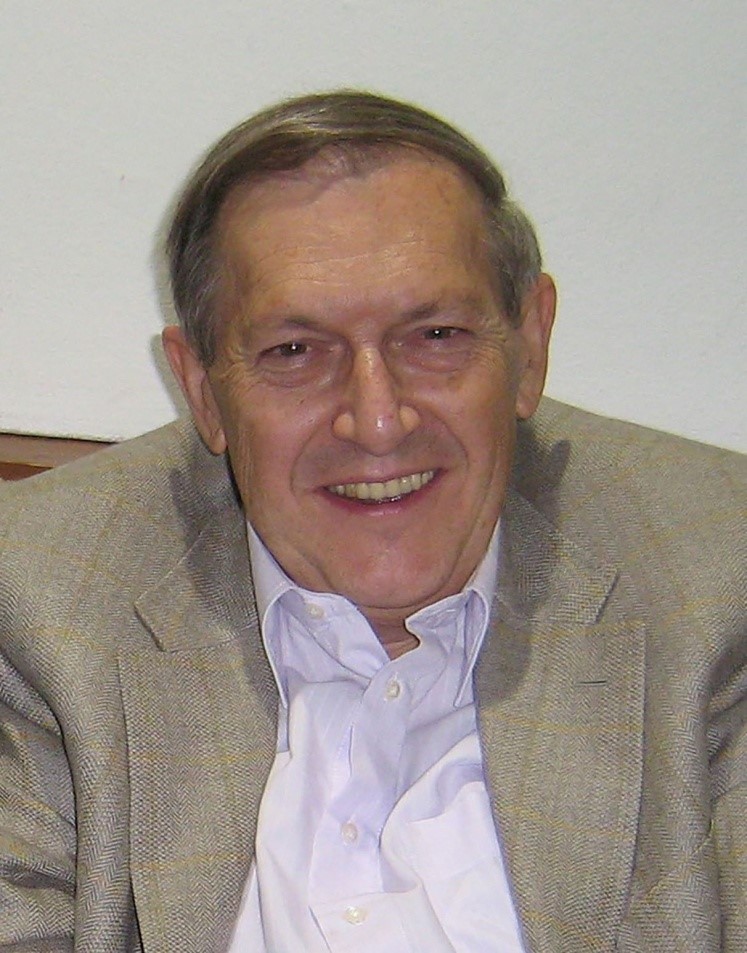Mechanical and electrical properties of the Bi-Ge-Sn alloys
DOI:
https://doi.org/10.30544/562Keywords:
ternary Bi-Ge-Sn system, microstructures, hardness properties, electrical properties.Abstract
Mechanical and electrical properties of the ternary Bi-Ge-Sn alloys were investigated in this study. Calculation of isothermal section at 200, 300, and 25 ºC was carried out by using optimized thermodynamic parameters for the constitutive binary systems. Microstructures of alloys were observed by using optical microscopy and scanning electron microscopy (SEM). Phases in microstructures have been detected by X-ray diffraction (XRD) analysis and compositions of the phase by energy dispersive spectrometry (EDS). EDS results were compared with the predicted isothermal section at 200 and 300 ºC, and good agreement has been reached between them. The Brinell hardness and electrical conductivity of selected alloys were measured. Through ANOVA analysis and application of the obtained results, an appropriate mathematical model is proposed for every composition of alloys. By using the appropriated mathematical model for Brinell hardness and electrical conductivity, isolines for those properties were presented.
References
M. Premovic, D. Minić, M. Kolarevic, D. Manasijevic, D. Živković, A. Djordjevic, D.Milisavljevic:Rev Metal., 53(3) (2017) e098.
M. Premović, D. Manasijević, D. Minić, D. Živković: Kovové Mater., 54(1) (2016) 45-53.
M. Premovic, Y. Du, D. Minic, C. Zhang, D.Manasijevic, Lj.Balanovic, I. Markovic:J. Alloy Compd., 726 (2017) 820.
A. Djordjević, D. Minić,M. Premović,D. Manasijević,V.Ćosović:JPED, 40(4) (2019) 623-637.
A. L. Lacaita, D.J.Wouters:Phys. Status Solidi A Appl. Mater., 205 (2008) 2281.
S. L. Ou, C. P. Cheng, C. Y. Yeh, C.J. Chung, K. S. Kao, R. C. Lin: Adv. Mater. Res., 189 (2011) 4430.
D. Ielmini, A.L. Lacaita:Mater. Today, 14(12) (2011) 600
P. Nemec, V. Nazabal, A. Moreac, J. Gutwirth, L. Benes, M.Frumar,Mater. Chem. Phys., 136 (2012) 935.
V. Tomashyk, Ternary Alloys Based on III-V Semiconductors, CRC Press, 2017.
L. Tichy, H. Tichá, A. Pacesová, J. Petzlt,J. Non-Cryst. Solids., 128(2) (1991) 191-196.
P. Y. Chevalier: Thermochim. Acta, 132 (1988) 111-116.
J. Vizdal, M. H.Braga, A.Kroupa, K. W. Richter, D. Soares,L. F. Malheiros, J. Ferreira: Calphad, 31 (2007) 438-448.
Y. Feutelais, B. Legendre, S. G. Fries:Calphad, 20(1) (1996) 109-123.
Link , access 29.11.2018
C. S. Javier: Ingeniería Investigación y Tecnología,14(4) (2015) 613-623.
G. F. Piepel, D. C. Hoffmann, S. K. Cooley, Slack-Variable versus Mixture Modeling for Mixture Experiments: A Definitive Comparison, 2018.
Link , access 25.12.2018
Downloads
How to Cite
Issue
Section
License
Copyright (c) 2020 Milena Premovic, Aleksandar Djordjevic, Dusko Minic, Milica Tomovic, Branko Radicevic, Nemanja Kolarevic

This work is licensed under a Creative Commons Attribution 4.0 International License.
Authors who publish with this journal agree to the following terms:
- Authors retain copyright and grant the journal right of first publication with the work simultaneously licensed under a Creative Commons Attribution License that allows others to share the work with an acknowledgment of the work's authorship and initial publication in this journal.
- Authors are able to enter into separate, additional contractual arrangements for the non-exclusive distribution of the journal's published version of the work (e.g., post it to an institutional repository or publish it in a book), with an acknowledgment of its initial publication in this journal.
- Authors are permitted and encouraged to post their published articles online (e.g., in institutional repositories or on their website, social networks like ResearchGate or Academia), as it can lead to productive exchanges, as well as earlier and greater citation of published work (See The Effect of Open Access).

Except where otherwise noted, the content on this site is licensed under a Creative Commons Attribution 4.0 International License.




 According to the
According to the 